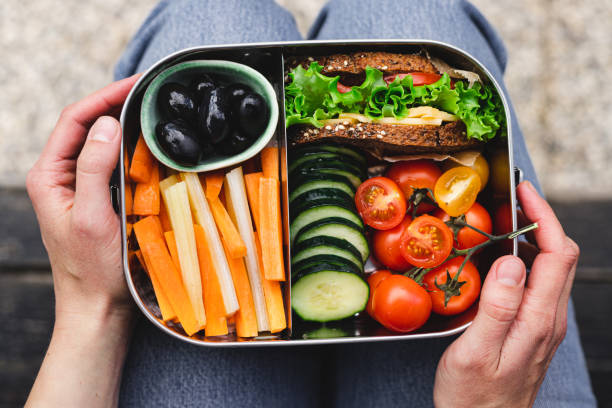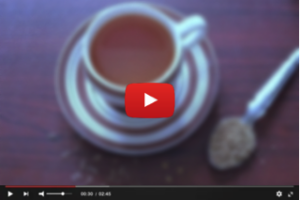The #1 Rated Blood Sugar Formula
DASH: Goodbye Hypertension

The DASH diet is a healthy-eating plan designed to help treat or prevent high blood pressure (hypertension). The DASH diet includes foods that are rich in potassium, calcium and magnesium. These nutrients help control blood pressure. The diet limits foods that are high in sodium, saturated fat and added sugars.
DASH stands for Dietary Approaches to Stop Hypertension. The DASH diet is a healthy-eating plan designed to help treat or prevent high blood pressure (hypertension).
Studies have shown that the DASH diet can lower blood pressure in as little as two weeks. The diet can also lower low-density lipoprotein (LDL or "bad") cholesterol levels in the blood. High blood pressure and high LDL cholesterol levels are two major risk factors for heart disease and stroke.
DASH diet and sodium
The DASH diet is lower in sodium than a typical American diet, which can include a whopping 3,400 milligrams (mg) of sodium or more a day. The standard DASH diet limits sodium to 2,300 mg a day. It meets the recommendation from the Dietary Guidelines for Americans to keep daily sodium intake to less than 2,300 mg a day. That's roughly the amount of sodium in 1 teaspoon of table salt. A lower sodium version of DASH restricts sodium to 1,500 mg a day. You can choose the version of the diet that meets your health needs. If you aren't sure what sodium level is right for you, talk to your doctor.DASH diet: What to eat
The DASH diet is a flexible and balanced eating plan that helps create a heart-healthy eating style for life. It's easy to follow using foods found at your grocery store. The DASH diet is rich in vegetables, fruits and whole grains. It includes fat-free or low-fat dairy products, fish, poultry, beans and nuts. It limits foods that are high in saturated fat, such as fatty meats and full-fat dairy products. When following DASH, it is important to choose foods that are:- Rich in potassium, calcium, magnesium, fiber and protein
- Low in saturated fat
- Low in sodium
DASH diet: Recommended servings
The DASH diet provides daily and weekly nutritional goals. The number of servings you should have depends on your daily calorie needs. Here's a look at the recommended servings from each food group for a 2,000-calorie-a-day DASH diet:- Grains: 6 to 8 servings a day. One serving is one slice bread, 1 ounce dry cereal, or 1/2 cup cooked cereal, rice or pasta.
- Vegetables: 4 to 5 servings a day. One serving is 1 cup raw leafy green vegetable, 1/2 cup cut-up raw or cooked vegetables, or 1/2 cup vegetable juice.
- Fruits: 4 to 5 servings a day. One serving is one medium fruit, 1/2 cup fresh, frozen or canned fruit, or 1/2 cup fruit juice.
- Fat-free or low-fat dairy products: 2 to 3 servings a day. One serving is 1 cup milk or yogurt, or 1 1/2 ounces cheese.
- Lean meats, poultry and fish: six 1-ounce servings or fewer a day. One serving is 1 ounce cooked meat, poultry or fish, or 1 egg.
- Nuts, seeds and legumes: 4 to 5 servings a week. One serving is 1/3 cup nuts, 2 tablespoons peanut butter, 2 tablespoons seeds, or 1/2 cup cooked legumes (dried beans or peas).
- Fats and oils: 2 to 3 servings a day. One serving is 1 teaspoon soft margarine, 1 teaspoon vegetable oil, 1 tablespoon mayonnaise or 2 tablespoons salad dressing.
- Sweets and added sugars: 5 servings or fewer a week. One serving is 1 tablespoon sugar, jelly or jam, 1/2 cup sorbet, or 1 cup lemonade.
Take aim at sodium
The foods at the center of the DASH diet are naturally low in sodium. So just by following the DASH diet, you're likely to lower your intake of sodium. You can further reduce sodium by:- Using sodium-free spices or flavorings instead of salt
- Not adding salt when cooking rice, pasta or hot cereal
- Choosing plain fresh, frozen or canned vegetables
- Choosing fresh or frozen skinless poultry, fish, and lean cuts of meat
- Reading food labels and choosing low-sodium or no-salt-added options






